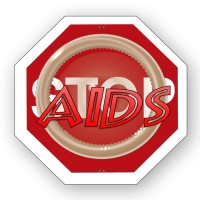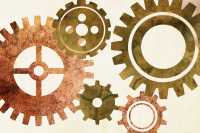HIV Alliance is committed to preventing new HIV infections. In Oregon, the populations most at risk for HIV are: gay/bi men and other men who have sex with men (MSM), people who inject drugs (PWID), and partners of people living with HIV/AIDS (P/PLWHA). Our prevention programs are committed to reducing risk amongst these populations.
Our programs for men who have sex with men (MSM) are housed under the Alliance for Men’s Wellness. These programs include outreach and recruitment into testing for the MSM community. Unzipped Alliance, Party Unzipped, The Alliance for Men’s Wellness newsletter and our Regional Health Fairs are all facets of this program.
Our programs for people who inject drugs (PWID) are focused around our needle exchange program, an evidence based intervention proven to reduce HIV and Hepatitis C (HCV) infections. Embedded in our needle exchange program is our Hepatitis C (HCV) program to improve access to healthcare to those living with HCV. A HCV/HIV dual infection can be incredibly challenging. Our Hepatitis C Community Health Worker helps our HCV clients manage their Hepatitis C disease and remain HIV negative.
The partners of people living with HIV/AIDS can be particularly at-risk for contracting HIV. We assist these individuals by educating our clients living with HIV on safer sex and disclosure practices through our Guys Like Us program. We also offer testing and risk reduction counseling to the partners of all our HIV-positive clients. We provider a space for anyone who feels at risk for HIV to contact our prevention manager with any questions they might have.






